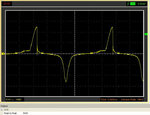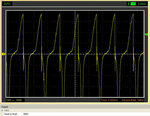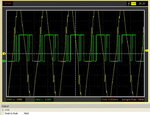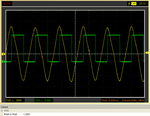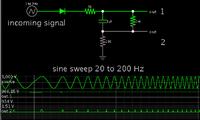yougarage
Member level 1
Hi! I need to trigger an interrupt in a microcontroller when a AC signal reaches the top peak value.
The AC signal I'm talking about, vary in frequency (20 - 200 Hz) and voltage (500 - 1000 V). It comes from a generator, when it turns faster, the frequency and the voltage raise.
I thought of a simple circuit as shown in this picture. It is also shown the trigger point on the waveform. It should output a falling edge when the top is reached.
What do you think about it? Which capacitor value for C1 would you go?
Any advice is really welcome!
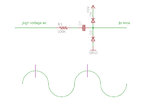
The AC signal I'm talking about, vary in frequency (20 - 200 Hz) and voltage (500 - 1000 V). It comes from a generator, when it turns faster, the frequency and the voltage raise.
I thought of a simple circuit as shown in this picture. It is also shown the trigger point on the waveform. It should output a falling edge when the top is reached.
What do you think about it? Which capacitor value for C1 would you go?
Any advice is really welcome!


